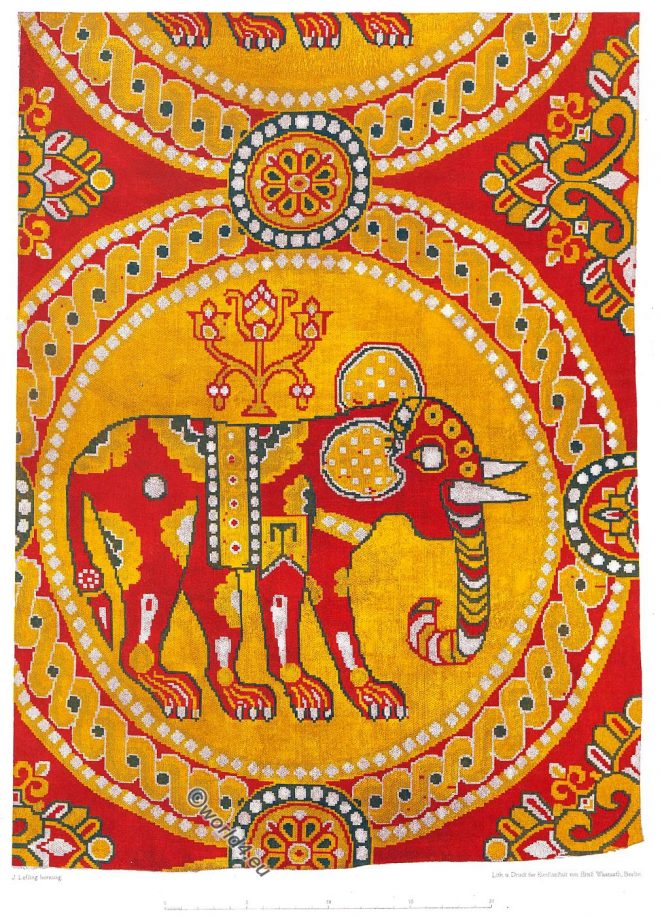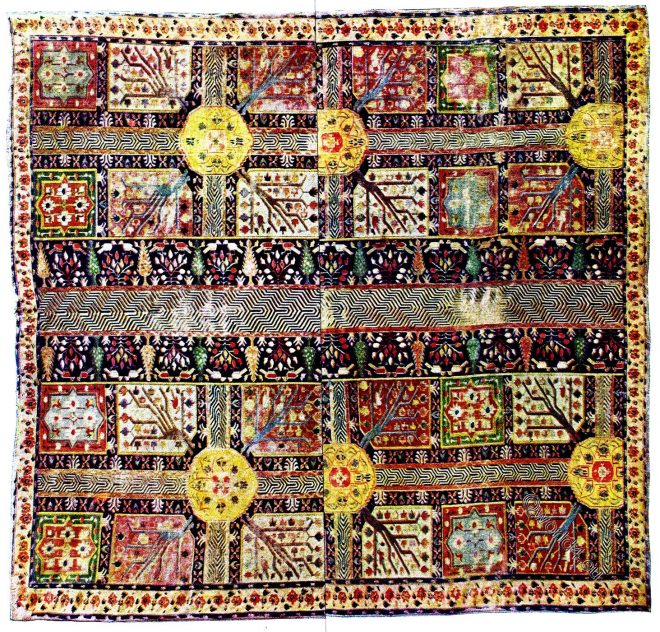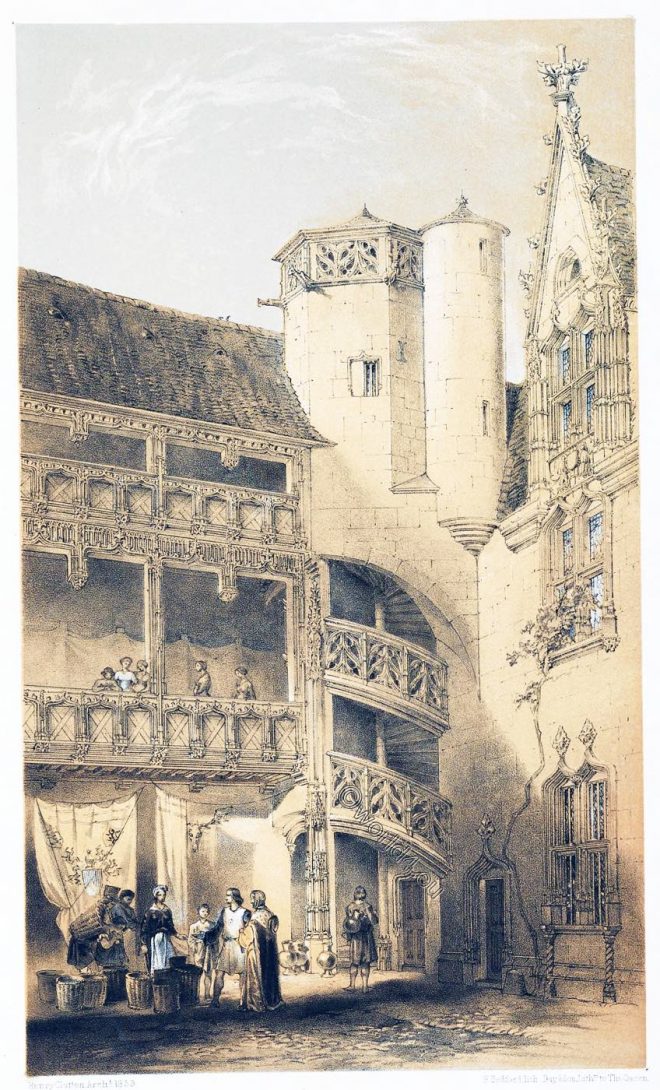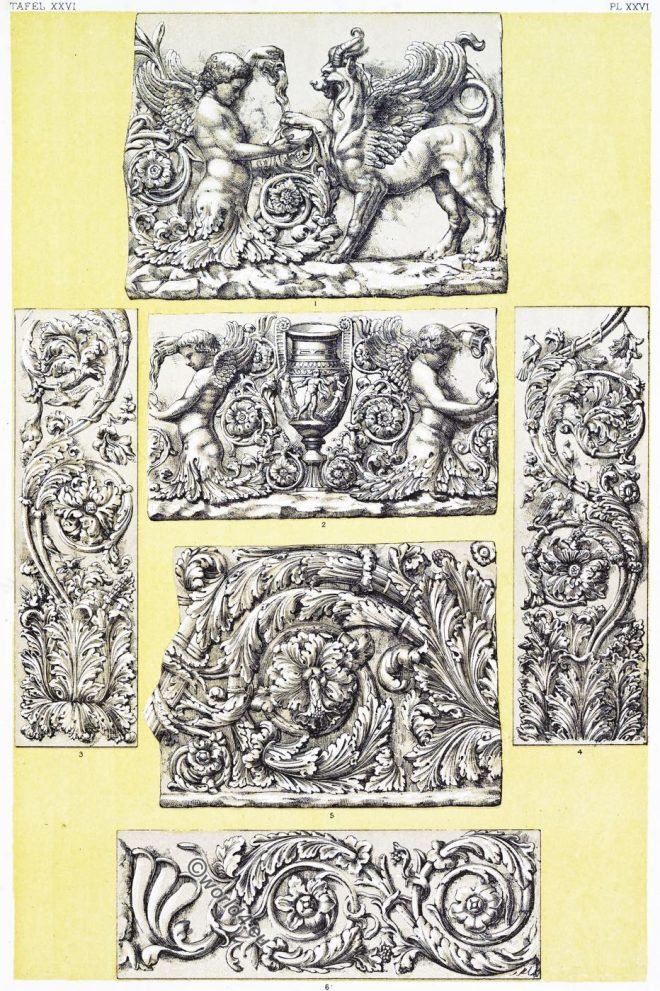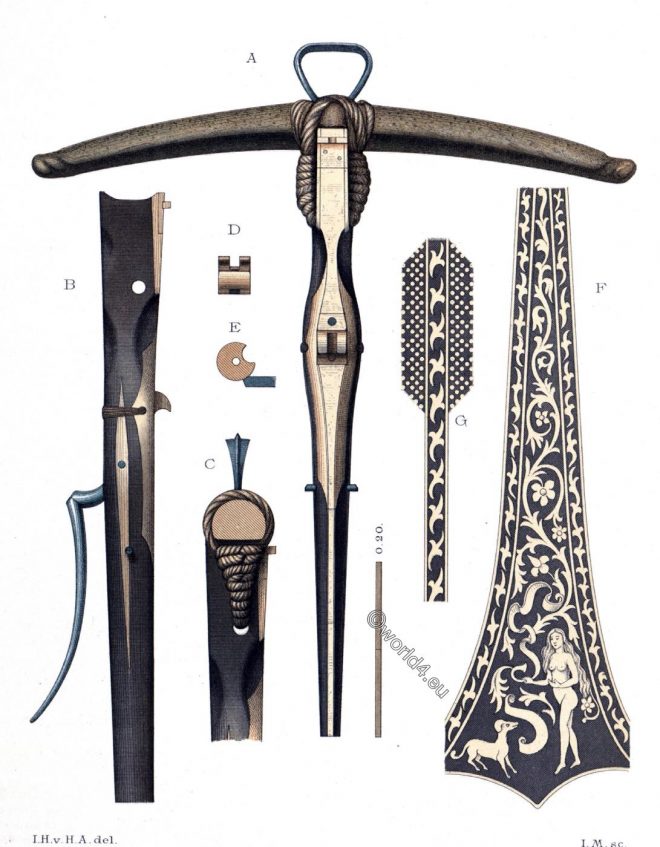Silk fabric. Background red pattern opposite. Large circles with elephants. The pattern is a Byzantine redesign of an originally Sassanid pattern.
Tag: Crafts
Ancient garden design. A Persian Royal Garden Carpet of the 16th century.
A 16th century Persian Royal Garden Carpet. (Reputed to have been made for Shah Abbas the Great for Sefavi Palace.) Date 1587-1628
The Byzantine Ornament of Antiquity and the Middle Ages.
The Byzantine style of art. The Romanesque style. Marble mosaic work. Examples of flowing foliage. Ornamental forms of ancient Persepolis. Ornamentation of the Middle Ages.
Pendulum clock gilded bronze. Lighters Epoch of regency.
This watch is said to have belonged to Madame du Barry. Pendulum clock gilded bronze. Model by Jean-Joseph de Saint-Germain (Paris 1719-1791). Louis XV era. Pavillon de Louveciennes
The medieval architecture of the Hôtel Chambellan at Dijon.
The Hôtel Chambellan at Dijon. It has hitherto been known by various names, — Hôtel Chambellan, Hôtel des Ambassadeurs, and Hôtel d’Angleterre.
Goldsmiths’ work and jewelry by Gilles L’Egaré. France 18th century.
Some of the clasps, called châtelaines, with which this plate is filled, belong to the style which was in fashion from 1719 to 1745
The Roman Ornament. Corinthian and Composite Capitals. The Acanthus.
the Corinthian capitals. The pilasters from the Villa Medici are as perfect specimens of Roman ornament as could be found.
Greek-Roman art. Mosaics, painted bas-reliefs and wall paintings.
Greek-Roman art. Mosaics, painted bas-reliefs and wall paintings found in Herculaneum and Pompeii. Ornaments from panels, friezes, borders and mural paintings.
Crossbow of the 15th century. Ranged weapon with fishbone bow.
This strong Crossbow consists of fishbones. Usually such crossbows have the steel bow, but for the winter time such fishbone bows were chosen.
The palanquin. France 18th century. Louis Quinze style furniture.
Europe. 18th century. France. Magnificent armchair. Second half of the century. The palanquin.

